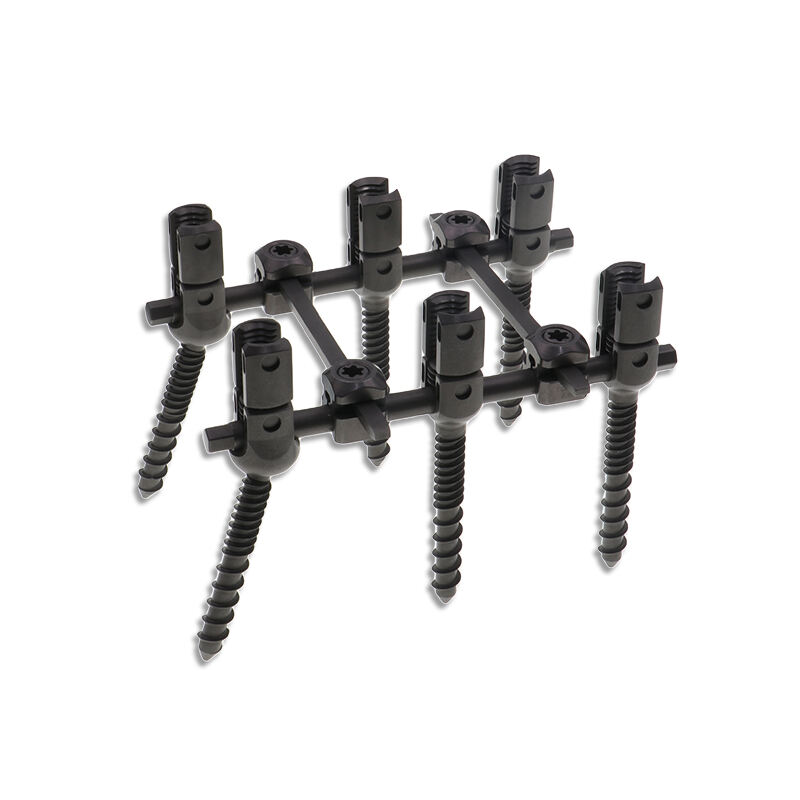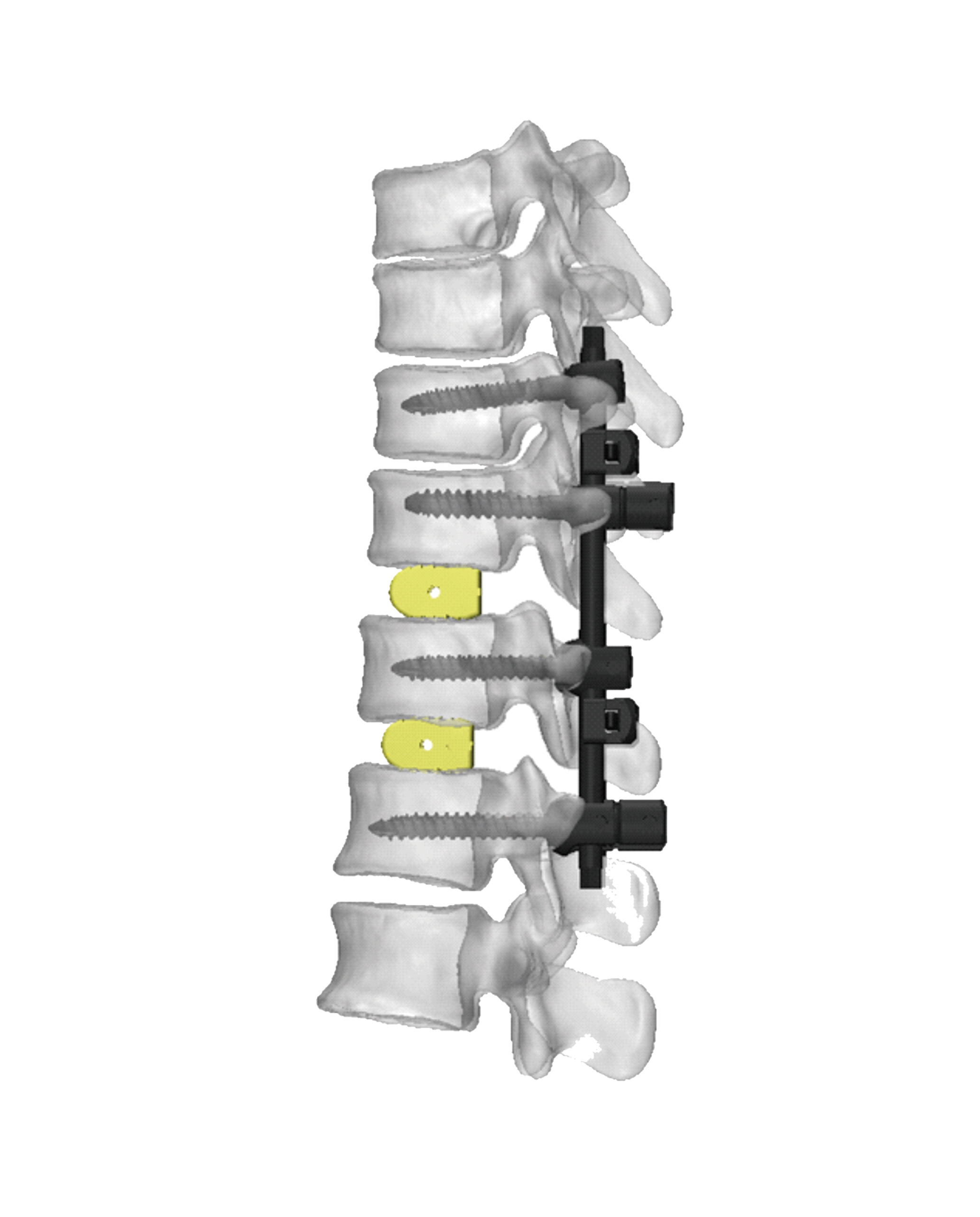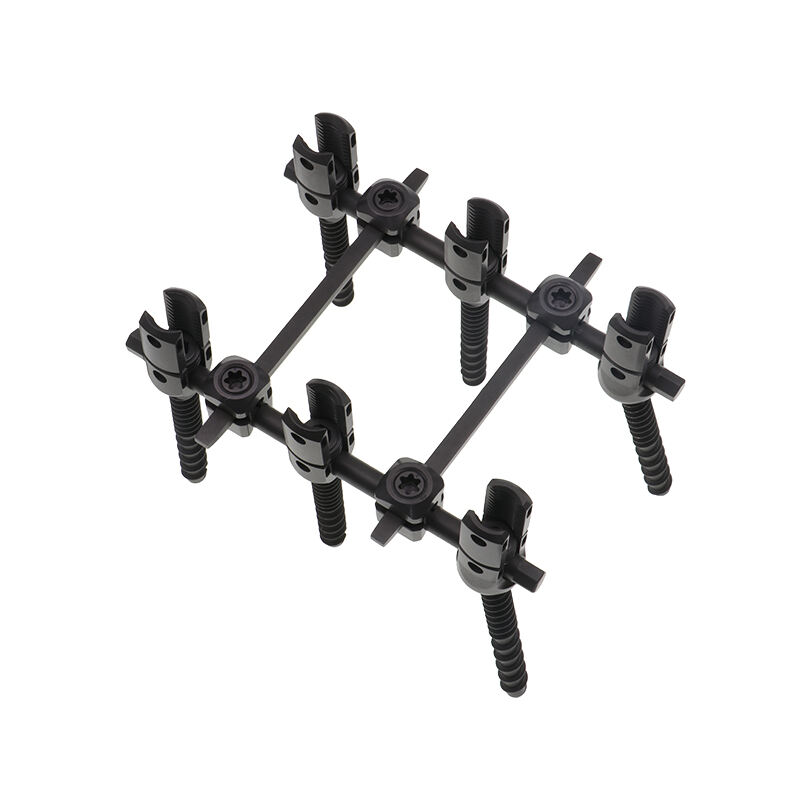spine implants
Spine implants represent a revolutionary advancement in modern medical technology, offering innovative solutions for various spinal conditions and injuries. These sophisticated devices are meticulously engineered to provide structural support, facilitate proper alignment, and promote optimal healing of the spine. The implants encompass a wide range of devices, including spinal fusion cages, artificial discs, rods, screws, and plates, each designed to address specific spinal conditions. These implants are manufactured using biocompatible materials such as titanium, stainless steel, or PEEK (polyetheretherketone), ensuring long-term durability and compatibility with the human body. Advanced surface technologies and coatings enhance osseointegration, promoting natural bone growth and secure fixation. The implants are designed to restore spinal stability, maintain proper disc height, and preserve natural motion where appropriate. They play a crucial role in treating conditions such as degenerative disc disease, spinal stenosis, scoliosis, and traumatic injuries. Modern spine implants incorporate cutting-edge design features that allow for minimally invasive surgical approaches, reducing recovery time and improving patient outcomes.


